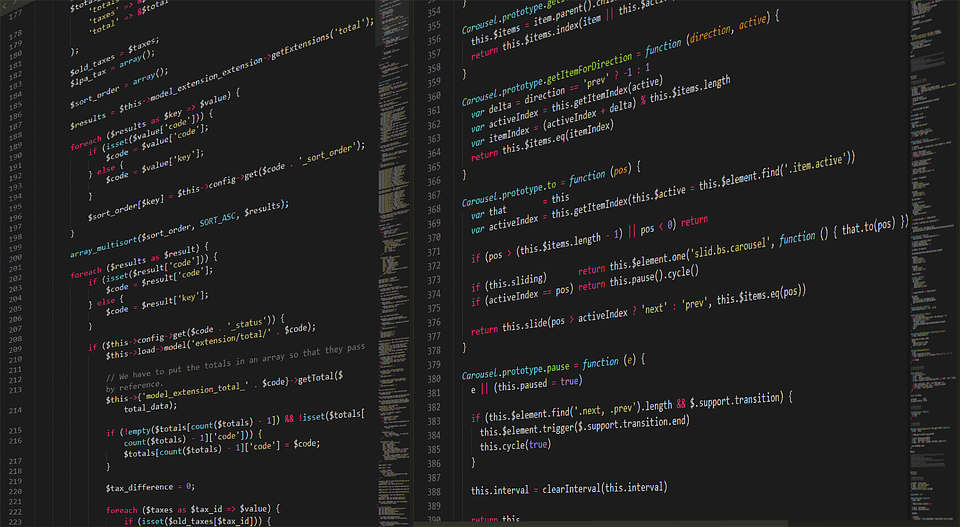Hand coding is a form of programming where the user types out all the code manually. This includes writing each line of code, which can be time-consuming and tedious compared to other techniques like code generator. A benefit of this method, however, is that it allows for more customization in comparison to other techniques that use scripts or templates that do not allow for much flexibility.
The purpose of this article is twofold: firstly, you will learn about hand coding so you can either decide whether or not it’s something you want to try; secondly, if you are already hand-coding then hopefully some insights from experienced programmers will help demystify what’s going on under the hood when they work with hand code.

Entering code manually can be extremely useful for many reasons, but it also comes with one significant downside: this method of programming is usually much slower than other types that involve less typing. Hand coding requires entering each individual character and command into the computer and carefully watching out for errors as they happen. A task that could be completed by copy-pasting lines of pre-written code instead might take hours to do manually.
However, writing all the code by hand does have some benefits over more automated techniques such as using a script or template: since you are creating everything from scratch, you will not only learn how to write better code specifically for your project but also improve your knowledge on programming languages in general. This makes hand coding an excellent learning tool.
Another great thing about hand coding is that it allows for more flexibility than other forms of programming. A script or pre-written template might help speed up the development process but how many times have you run into problems because something wasn’t coded exactly how you needed it to be? This issue can often lead to having to lean on one person’s specific knowledge, which may not always be available when you need it most.
By writing your own code by hand instead, you will never have any problem understanding what’s going on behind the scenes since all the code was written specifically for your project. You are also free to make modifications as required without relying on anyone else at all – great news if nobody else has the skills you need.
Conclusion: Hand coding can be time-consuming and tedious compared to other techniques, but it has plenty of benefits as well. By allowing for more flexibility and giving the user a wealth of knowledge on programming languages in general, hand coding is an excellent way to learn about different styles of code.


